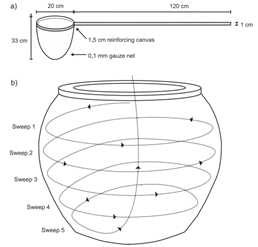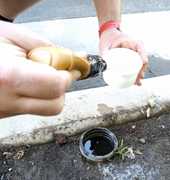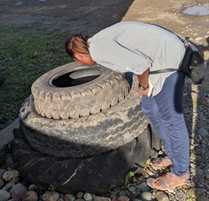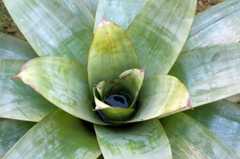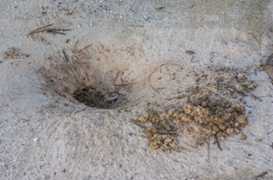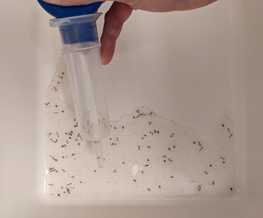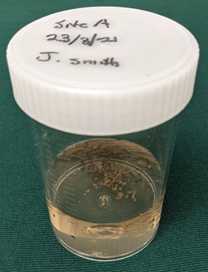Standard Operating Procedure for conducting larval and pupal surveys for Aedes
Tanya L L Russell, Kyran Staunton, Thomas R Burkot
Disclaimer
This Standard Operating Procedure may be used for training and reference purposes. Users are responsible for ensuring any edits to this document are produced and approved in accordance with all relevant legal and ethical requirements governing the surveillance operation.
Abstract
This Standard Operating Procedure (SOP) describes the materials and methods to perform surveys of immature mosquitoes in container habitats (generally Aedes species ) . This SOP uses information from documents referenced.
Description: Larval sampling involves capturing immature mosquitoes from aquatic habitats.
Target species and physiological states: Captures larvae and/or pupae of many species.
Entomological surveillance indicators: Larval sampling is used for the full range of immature vector indices, and in addition, larvae can be reared and used as specimens for insecticide resistance bioassays.
Advantage: The equipment and supplies and inexpensive and portable.
Disadvantage: Larval sampling is a poor indicator of adult production. Larval surveys are labour intensive and require well trained staff. Experience is important as the more sampling a person does, the better at larval surveys one becomes. Cryptic habitats are easily missed. It can be difficult identify larvae to the species level.
Data: Total number of larvae and pupae per aquatic habitat or dipping effort. Larvae can be recorded by early or late instars. Alternatively, presence or absence at each site can be recorded. When necessary, field data is merged with the results of subsequent laboratory analyses.
Before start
Systematically search each premise for potential aquatic habitats. Immature surveys should favour areas near human habitation and high risk for Aedes -borne viruses, and any habitat of any size that holds water should be carefully inspected.
Attachments
Steps
Preparation
Many containers are associated with households and surrounding areas so first permission to work in a house hold must be obtained. Once consent by the home-owner has been given to inspect their premises, move around the area looking for larval habitats, both inside and outside of the house.
Sampling proceedures by container type
The sampling method may need to be adjusted depending on the size of the container.
Sample processing
To transport larvae, they can be stored in some of the water from the habitat. During transport keep them cool and consider using a cooler box to protect them.
Larvae can be killed with hot water from a kettle or by putting into a vial with >70% ethanol. The samples of larvae and pupae can be stored in 70% ethanol for an extended period. Be sure not to dilute the ethanol below 70% as the mosquitoes may decompose and not be identifiable or useful for further analyses.
Additional notes
Take the GPS coordinates with the tablet provided or record the location data on a map or by household identifier.* To identify key larval habitats, the percentage contribution of each habitat type to the total count of pupae is calculated (the total number of pupae in a container type is divided by the total number of pupae collected in all containers).
- It’s easy to be confident of positive sampling, it’s much harder to be confident of negative sampling.
- Newly emerged 1st instar larvae are very hard to see – but might still be there in large numbers.

